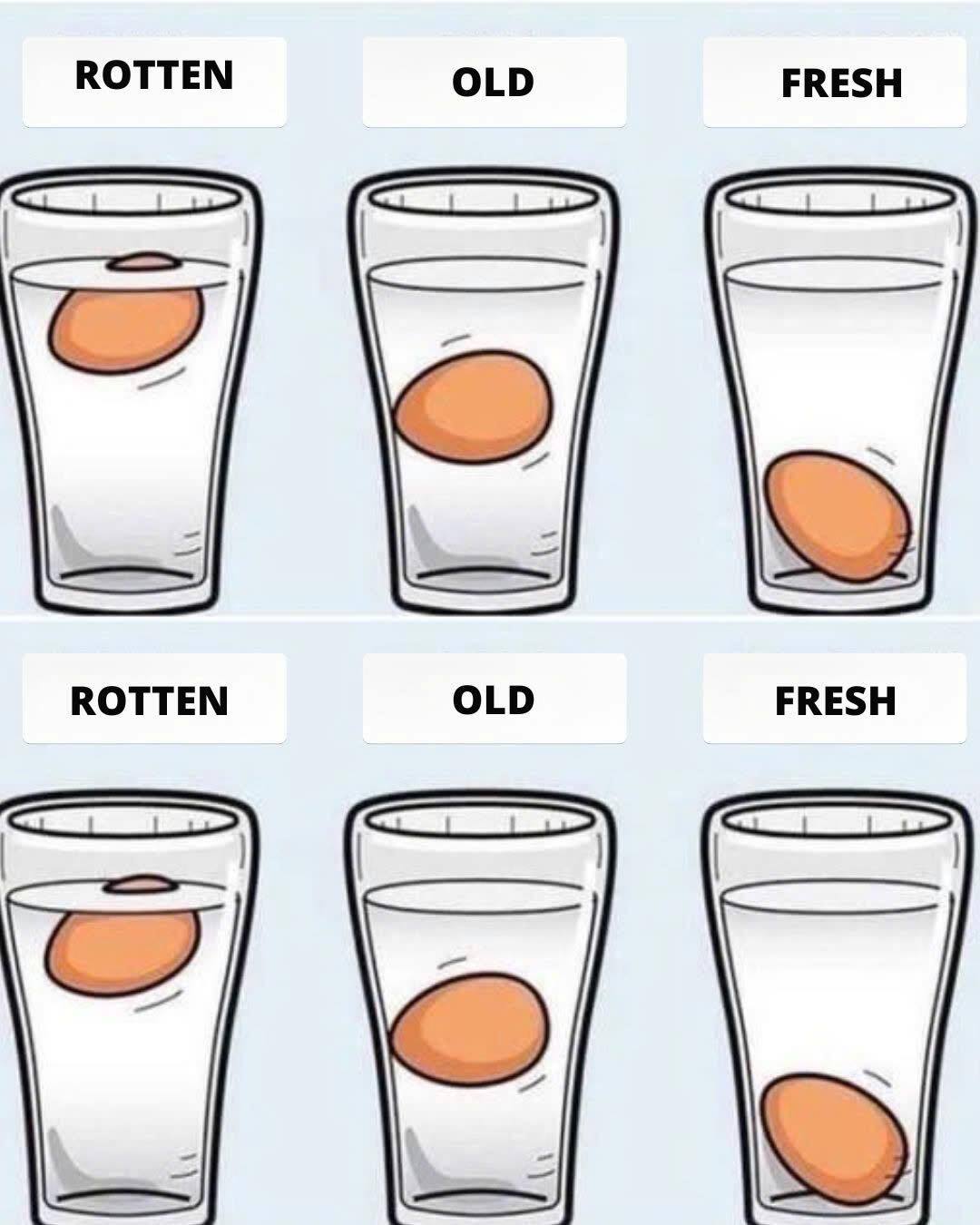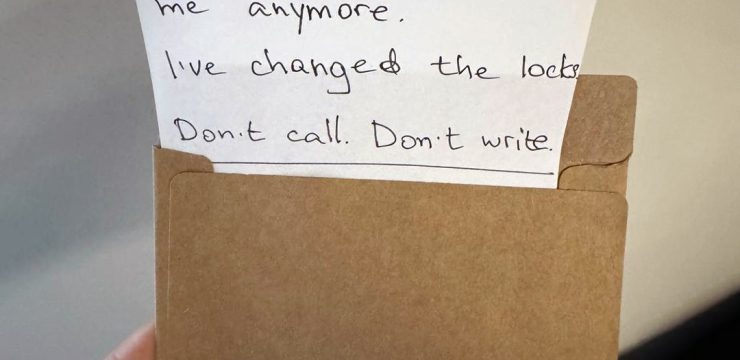Eggs are one of the most versatile ingredients in the kitchen, playing a starring role in everything from breakfast dishes and baked goods to savory dinners and sauces. But when it comes to using eggs, freshness isn’t just about flavor—it’s also about food safety. An egg that’s past its prime can throw off the taste of your dish or, worse, lead to foodborne illness.

Fortunately, there’s a super simple, highly accurate way to check whether your eggs are still fresh, and it doesn’t involve cracking them open or sniffing around with suspicion. All you need is a glass of cold water, and in just a few seconds, you can confidently determine if an egg belongs in your recipe or the trash. Here’s how it works. Fill a glass, bowl, or other container with cold water, filling it about three-quarters of the way. Gently place the egg into the water and observe what it does.
If the egg floats to the top and stays there, it’s no longer good to eat. As eggs age, the moisture inside gradually evaporates through the porous shell and is replaced by air. This air pocket grows over time, increasing buoyancy. A floating egg means there’s a significant air pocket inside, signaling spoilage and a clear cue to toss it. If the egg tilts upward or stands on its end at the bottom of the container, it’s an older egg that’s still safe to eat but may not be as high quality. These eggs are best used in recipes where the texture and structure aren’t as critical, such as hard-boiled eggs or when baking cookies, muffins, or cakes.
While they’re still usable, they may not be ideal for dishes like poached or sunny-side-up eggs, where freshness affects both appearance and taste. If the egg sinks to the bottom and lies completely flat on its side, congratulations—you’ve got a fresh egg. These are the best eggs for any type of cooking, especially when you want rich yolks and firm whites. This water test is quick, easy, and can save you from the disappointment of ruining a dish or, worse, risking food poisoning. In addition to the water test, there are other signs to look for when checking egg freshness. Start with a visual inspection of the shell.
A fresh egg should have a clean, intact shell with no cracks or slimy spots. Cracks in the shell can let bacteria in, and any sign of stickiness or film may indicate the egg is already contaminated. If you’re still unsure after the water test, you can crack the egg into a separate bowl before using it in your recipe. A fresh egg will have a rounded, slightly domed yolk and a thick, gel-like white that holds its shape. If the egg spreads out too much or has a strange odor, it’s no good. A rotten egg usually gives off a strong sulfur smell that’s impossible to miss—if it smells bad, don’t take any chances, just throw it out. Proper storage also goes a long way in keeping your eggs fresh for as long as possible. Always store eggs in the refrigerator, preferably on a middle shelf where the temperature is most consistent. Avoid storing them in the door, where the temperature fluctuates every time the fridge is opened. Keeping your eggs cold slows down bacterial growth and helps preserve their quality. If you’ve got eggs that are a little older but still pass the water test, don’t toss them. These eggs are great for baking since their slightly thinner whites can actually blend more easily into batters and doughs. Many bakers even prefer using older eggs in certain recipes because they whip up faster and more consistently. Whether you’re making breakfast or baking a cake, knowing your eggs are fresh gives you peace of mind. This simple water test takes just seconds and can save you from throwing out perfectly good eggs—or using bad ones that could make you sick. It’s a kitchen tip worth remembering and sharing, especially if you want to make the most of every egg in your fridge.





